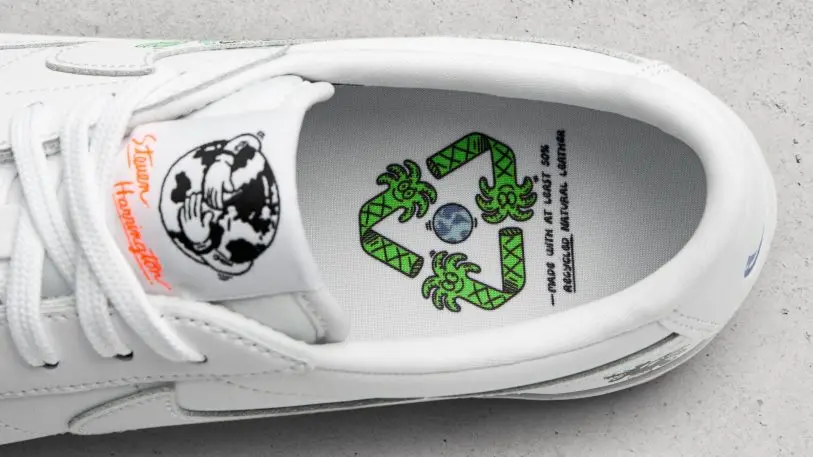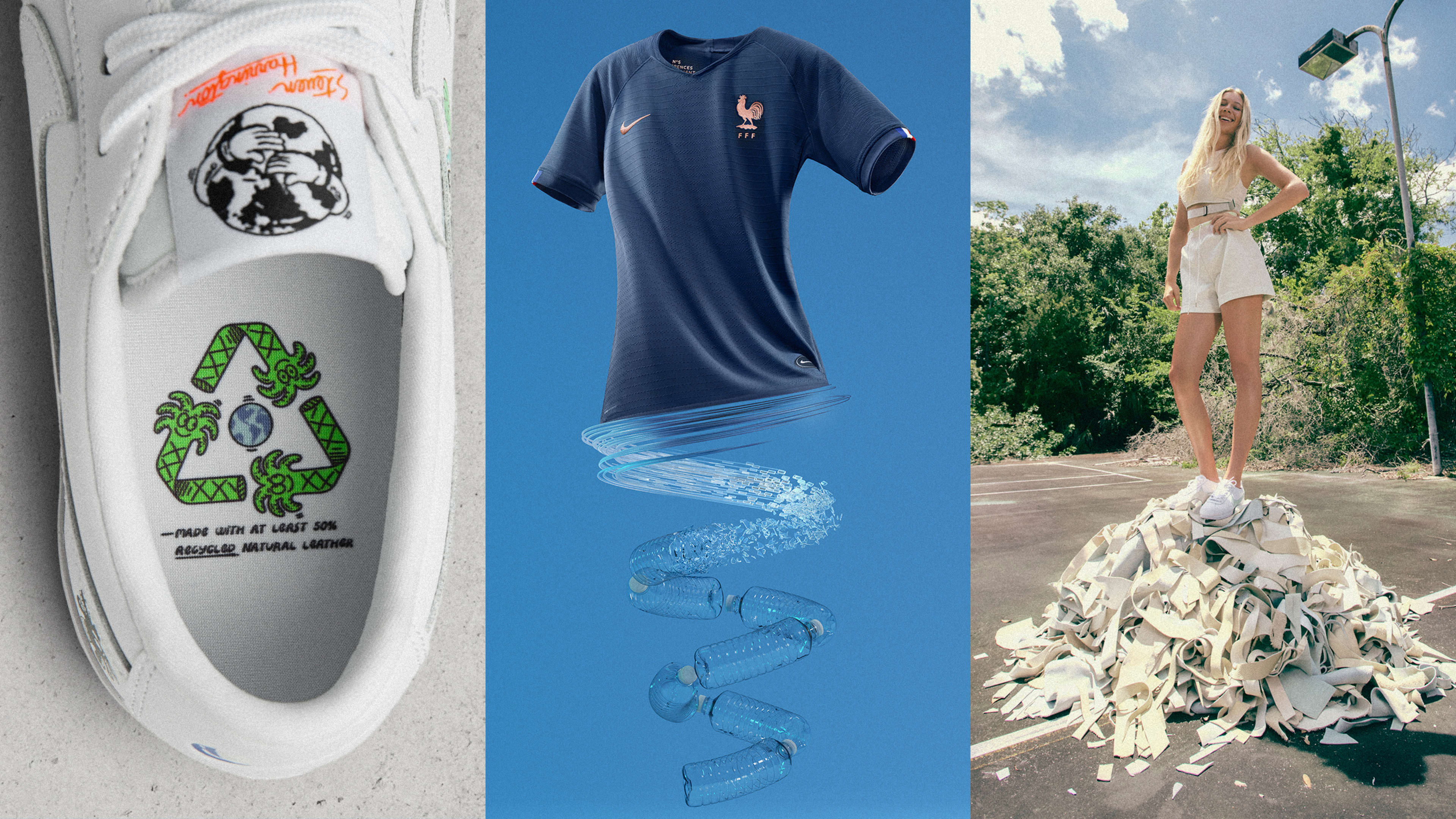“If you’re choosing to design something, you have the power to influence or plan where it might go in its life,” says Matthew Needham, who is about to get his masters in fashion from the London design college Central Saint Martins. “So you have to make conscious decisions and think of the life of the garment beyond the store.”


Nike’s guide is deliberately formatted as a kind of textbook. It details each principle, shows how it plays out in a case study, then presents some open-ended questions for discussion. It lays out 10 principles that take you through the entire life of a product, including elements like picking low-impact materials, designing with recyclability in mind, minimizing waste in manufacturing, prolonging the lifetime of a product through repair and durable construction, and using more thoughtful packaging.
None of these ideas are revolutionary on their own. Fast Company has been covering various eco-friendly innovations, like Adidas’s efforts to create an entirely recyclable sneaker to Patagonia’s repair program called Worn Wear, for years. But what’s valuable in this plan is to see how all of these steps can fit into a comprehensive system, one that will hopefully become the norm in the industry. “We wanted to package up all the best practices to hopefully catalyze more action,” says Noel Kinder, Nike’s chief sustainability officer. “This also institutionalizes and formalizes these principles for us internally at Nike in a way that is bolder than what we have done in the past.”
Nike is dropping this guide during the Copenhagen Fashion Summit, an annual gathering organized by the Global Fashion Agenda, an organization devoted to making the fashion industry more sustainable. Earlier this week, I wrote about a report from the summit that pointed out that sustainability has basically stalled out in the fashion industry. The report’s authors argue that in order for the fashion industry to keep progressing forward when it comes to sustainability, companies need to collaborate to develop big, infrastructural solutions.

While Nike’s guide could help nudge the industry forward, it also demonstrates how hard it is to create a truly sustainable business at scale. Nike is an enormous company that continues to grow at a quick clip. Last year, it generated $36.4 billion in revenue and grew 6% from the previous year, which translates into millions of clothes and shoes. Nike has implemented many sustainability initiatives over the years and has made good progress–nearly 75% of Nike footwear and apparel contain recycled materials, and Nike is on track to achieve 100% renewable energy in Europe and North America by 2020–but it also has a long way to go to create an entirely waste-free, carbon-neutral system.

It’s also complicated for a company as large as Nike to scale initiatives, given the complexity of its supply chain. Consider Nike Grind, which Nike launched 25 years ago. Grind began as a grassroots initiative to collect used shoes, grind them up, and separate the rubber, foam, fiber, leather, and textiles. Each material is then used to create new products, including basketball courts. Over the years, the Grind program has evolved to include recycling surplus materials and shoes at Nike and Converse contract factories. Last year, 3 million pounds of Grind rubber was recycled back into shoes. While this is an achievement, Nike has a long way to go to completely eliminating waste in factories and recycling all used shoes on the market.
Kinder acknowledges that sustainability is a never-ending challenge for Nike. To help move things along, the brand now has employees from the sustainability team embedded throughout the company, from design to manufacturing. And Kinder says that Nike will continue collaborating with other organizations to share ideas. “Given the existential threat, no one brand is going to solve it on their own,” says Kinder.
Recognize your brand’s excellence by applying to this year’s Brands That Matter Awards before the early-rate deadline, May 3.
